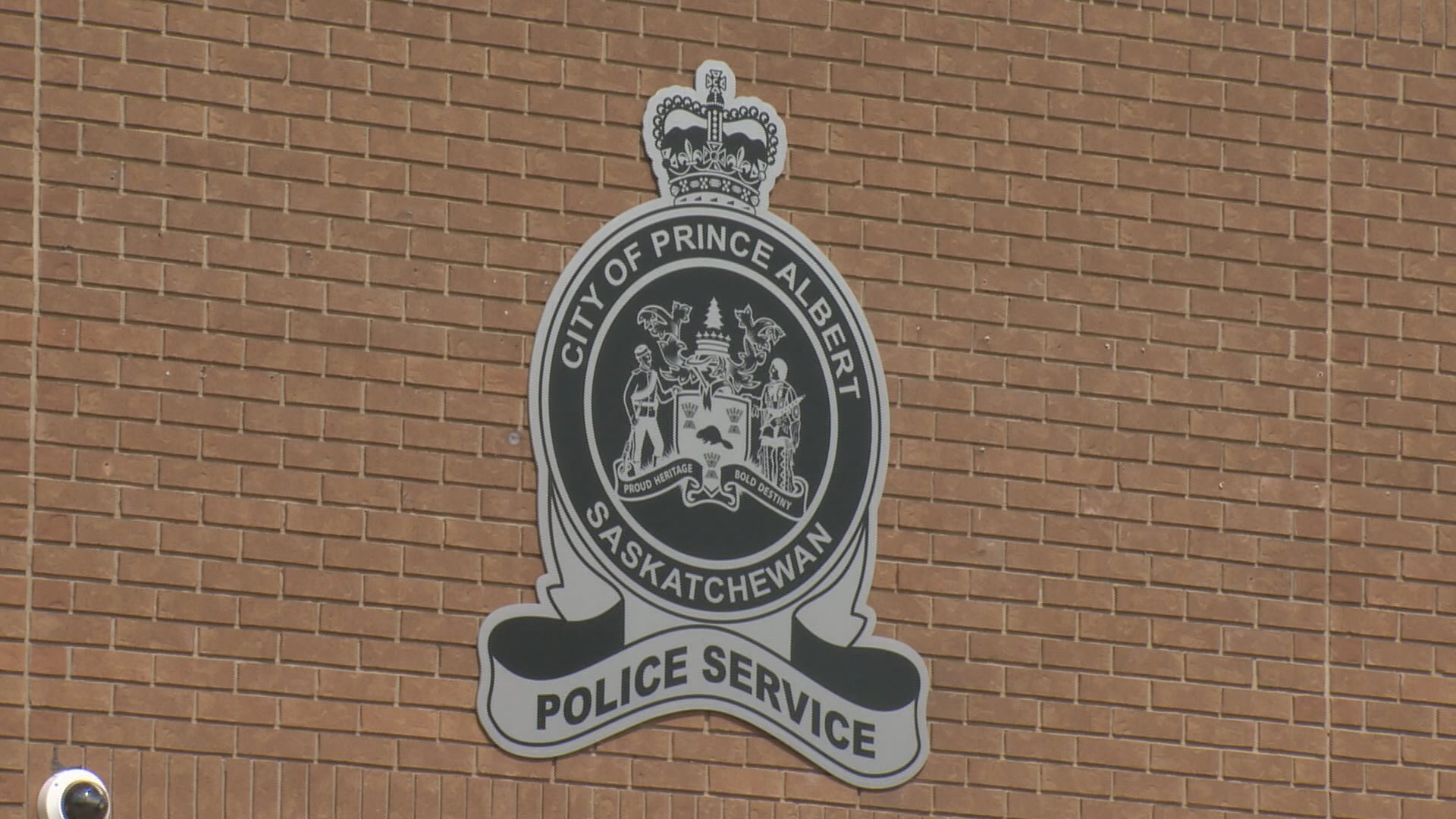Prince Albert, Saskatchewan, grapples with a persistent challenge: a high crime severity index, placing it among Canada’s top five cities for crime in 2022. This index, a measure of both the volume and severity of criminal activity, reflects the city’s ongoing struggle with crime. While progress has been made in curbing traffic and firearm-related offenses, the alarming number of violent crimes, exceeding 1,500 in 2024, remains a significant concern for both city officials and residents. Mayor Bill Powalinsky acknowledges the difficulty in predicting and controlling these violent incidents, underscoring the complex nature of the issue. Despite these challenges, Prince Albert is determined to reverse this trend in 2025 through a multi-faceted approach emphasizing data analysis, community engagement, and inter-agency collaboration. The city’s commitment to addressing this critical issue head-on is evident in its significant investment in policing and community safety initiatives.
A key element of Prince Albert’s strategy is leveraging data and analytics to understand crime trends and deploy resources more effectively. Police Chief Patrick Nogier emphasizes the importance of a “surgical” approach, using data to pinpoint specific groups or individuals driving criminal activity, identify emerging patterns, and tailor interventions accordingly. This data-driven approach allows for proactive policing, targeting resources where they are most needed and addressing the root causes of crime. The goal is to move beyond reactive policing and implement preventative measures based on a thorough understanding of the dynamics contributing to crime in specific communities. This analytical focus aims to enhance the efficiency and effectiveness of law enforcement efforts.
Beyond data analysis, Prince Albert recognizes the critical role of community engagement in crime reduction. Building trust and fostering open communication between the police force and the community is a top priority. The city is implementing a safety and well-being program designed to bridge the gap between law enforcement and residents, encouraging dialogue and cooperation. This initiative seeks to create an environment where community members feel comfortable reporting crimes, sharing information, and working collaboratively with police to address safety concerns. This collaborative approach aims to build stronger community partnerships and empower residents to actively participate in crime prevention.
The city’s commitment to enhancing public safety is reflected in its 2025 budget, which prioritizes funding for vital safety services. The police department received a substantial increase of $2.3 million, bringing its total budget to $21.41 million. This significant investment underscores the city’s dedication to providing adequate resources for law enforcement. Additional funding was allocated to fire services, community safety and well-being initiatives, and bylaw enforcement. Despite the challenging budget environment, Prince Albert is prioritizing investments in these critical areas to bolster public safety and address the underlying social issues contributing to crime.
Collaboration and partnerships are central to Prince Albert’s crime reduction strategy. Police Chief Nogier highlights the importance of working with organizations like the Saskatchewan Association of Chiefs of Police (SACP) to develop unified strategies and advocate for effective policing practices at the provincial level. This collaborative approach aims to leverage shared resources, expertise, and best practices to improve policing across the province. By presenting a united front, the SACP can effectively advocate for policies and funding that address the unique challenges faced by Saskatchewan communities. This collaborative effort aims to ensure that resources are allocated effectively and that policing strategies are aligned with the needs of the province.
Prince Albert is determined to significantly improve its crime statistics by 2025. The city’s comprehensive approach, encompassing data analysis, community engagement, increased funding for safety services, and inter-agency collaboration, demonstrates its commitment to addressing this complex challenge. While acknowledging the difficulty of predicting and controlling violent crime, city officials remain optimistic about the potential for positive change. By focusing on proactive strategies, building strong community partnerships, and leveraging data-driven insights, Prince Albert aims to create a safer and more secure environment for its residents. The city’s dedication to implementing these strategies and its investment in vital resources signify its resolve to make tangible progress in reducing crime.
Chief Nogier expresses confidence that by mid-to-late 2025, Prince Albert will have one of the most effective policing policies and procedures in the country. This ambitious goal reflects the city’s determination to not only address current crime challenges but also to establish a model for effective policing moving forward. The city’s comprehensive strategy, coupled with its commitment to data-driven decision-making and community engagement, lays the groundwork for achieving this ambitious objective. The focus on proactive policing, resource optimization, and community partnerships positions Prince Albert to make significant strides in enhancing public safety and creating a more secure community. The combined efforts of law enforcement, community organizations, and city officials demonstrate a collective commitment to tackling crime and fostering a positive change in the city’s safety landscape.

